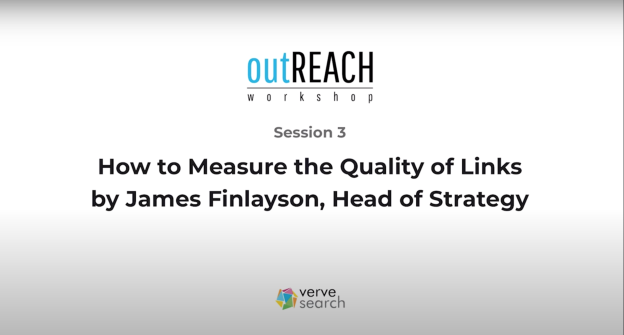“How do I get a journalist to cover my topic?”
This is a question that PRs constantly ask.
Experience teaches a lot about what news media’s preferences are, but learning what the definition of news is can be rather helpful as well:
The definition of news is simple. News can be defined as information about current events. 
Not all information about current events is news though.
A piece of current information becomes news when it is new, unusual, interesting, significant and about people. This can be an event, action or occurrence.
Let’s look at a few examples to understand better what actually constitutes news:
‘A bus driver drove kids to school this morning’ is not news. This piece of current information is about people, but it’s nothing new, nor is it unusual, interesting or significant.
If the bus driver hadn’t turned up to work in the morning and the kids were left at the bus stop waiting for their lift to school, it would be news , this event is at least unusual, maybe even interesting on a local level.
The aforementioned example also proves the importance of newness. The fact that the bus driver did not turn up to work and the kids were left to make their own way to school is news on the day it happened, and possibly in print 24-hours later.
News has to be something new. Unusualness or significance doesn’t help if the piece of information is already known to the general public.
To make headlines outside of a local newsbeat, the bus driver story would need greater significance.
The significance could be increased, for example, by very poor weather conditions , if the kids had to wait in an ice storm, the event would have been more widely significant and, therefore, a lot more newsworthy.
The involvement of people is key in this example as well. If the driver didn’t turn up to work but there were no kids at the bus stop waiting, the bus driver’s absence would not make news.
Sometimes a story does not require people to be the subject , like a hurricane for example , but the hurricane only becomes news if it touches people, or something connected to people, such as a house or bridge. In an uninhabited area, a hurricane is not news, but as soon as it threatens a town or a city populated with people, it becomes newsworthy.
So how do we apply this in our work?
Last autumn we created Polar Night Counter for Expedia Finland. It is a tool that counts down the days to the polar night , a period of time when the sun doesn’t rise above the horizon , and tells the length of the day in different parts of Finland.
The annual light phenomenon inside the polar circles has hardly anything to do with people , and one can’t call it very unusual either since it happens every year. How did we then manage to get any coverage for it?
The polar night isn’t about people but it definitely has an impact on people.
Just imagine being in Utsjoki, the northernmost town of Finland where in winter the sun doesn’t rise in 52 days. The dark period unarguably affects people , some say it makes them tired or even depressed, whereas others cherish the beauty of the mysterious blue light it creates.
We turned the piece into news by listing the duration of polar night in northern cities and towns in Finland. We thought this would allow the newspapers’ readers to see clearly what the polar night means to them , in other words we made it clear how this phenomenon has an impact on people.
By picking the most interesting and newsworthy pieces of information and presenting it in an easily readable format we made it easy for media to cover the topic. The timing was also key: we contacted media early before the start of the polar night , because the start of the polar night is only news when it happens, not a day or two after. Polar Night Counter wasn’t only covered by local publications, but national too on the eve of the start of polar night in Utsjoki.
So much about news! Hope this example helped you to understand the concept of news better.
Sources and further reading: The News Manual










